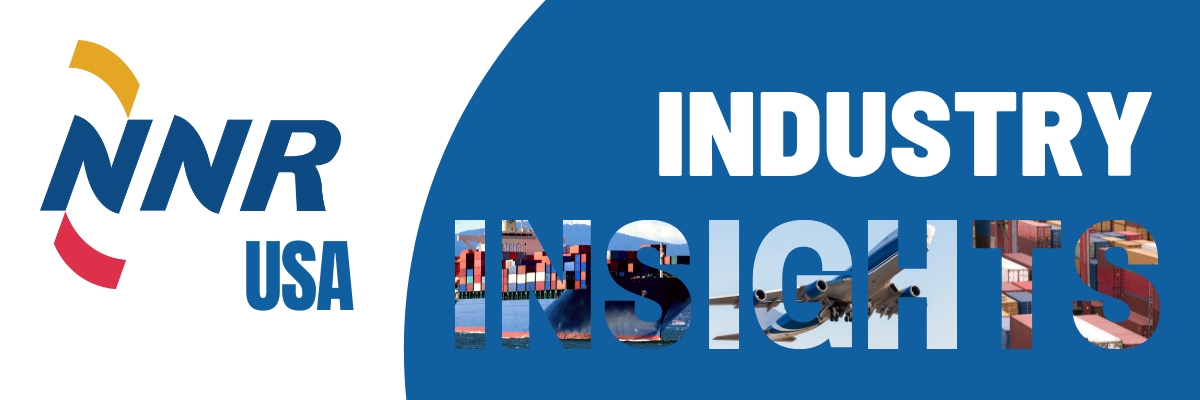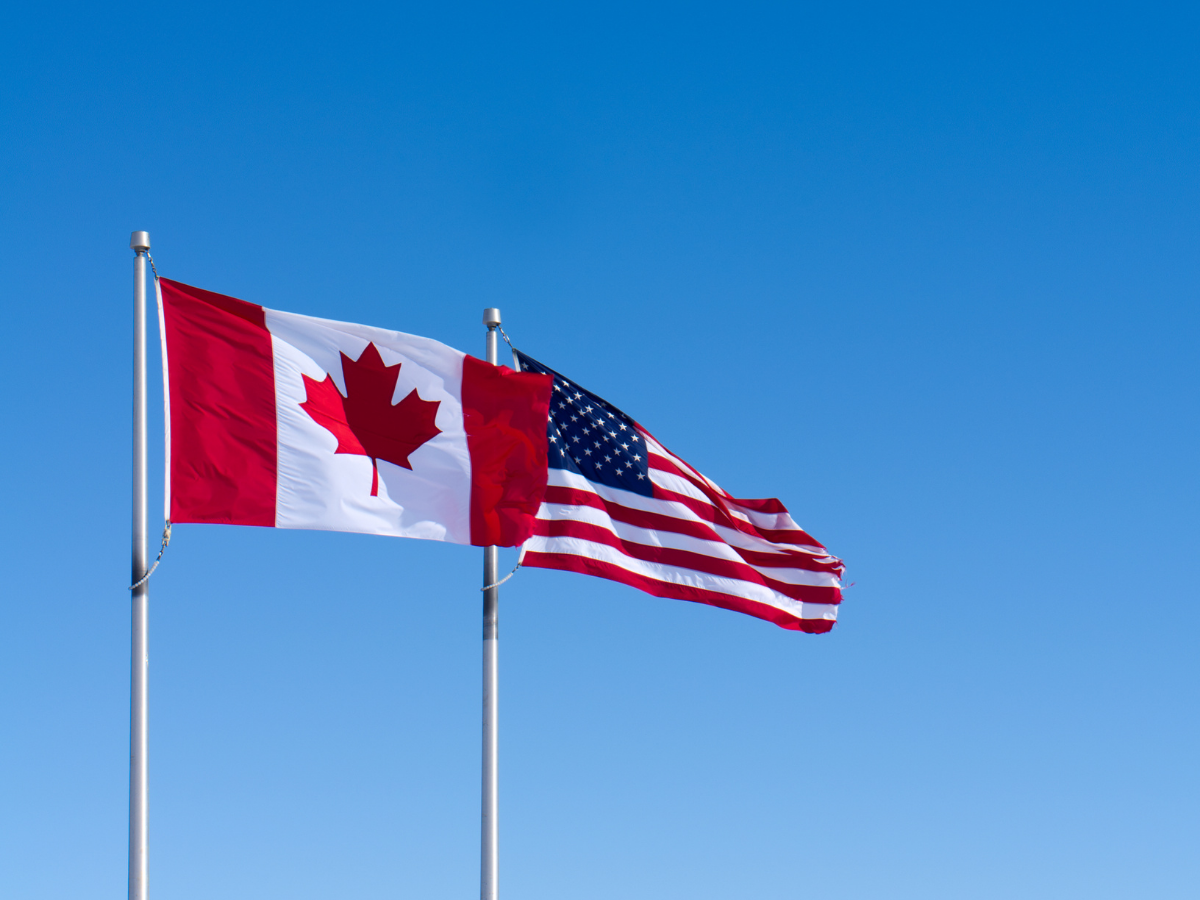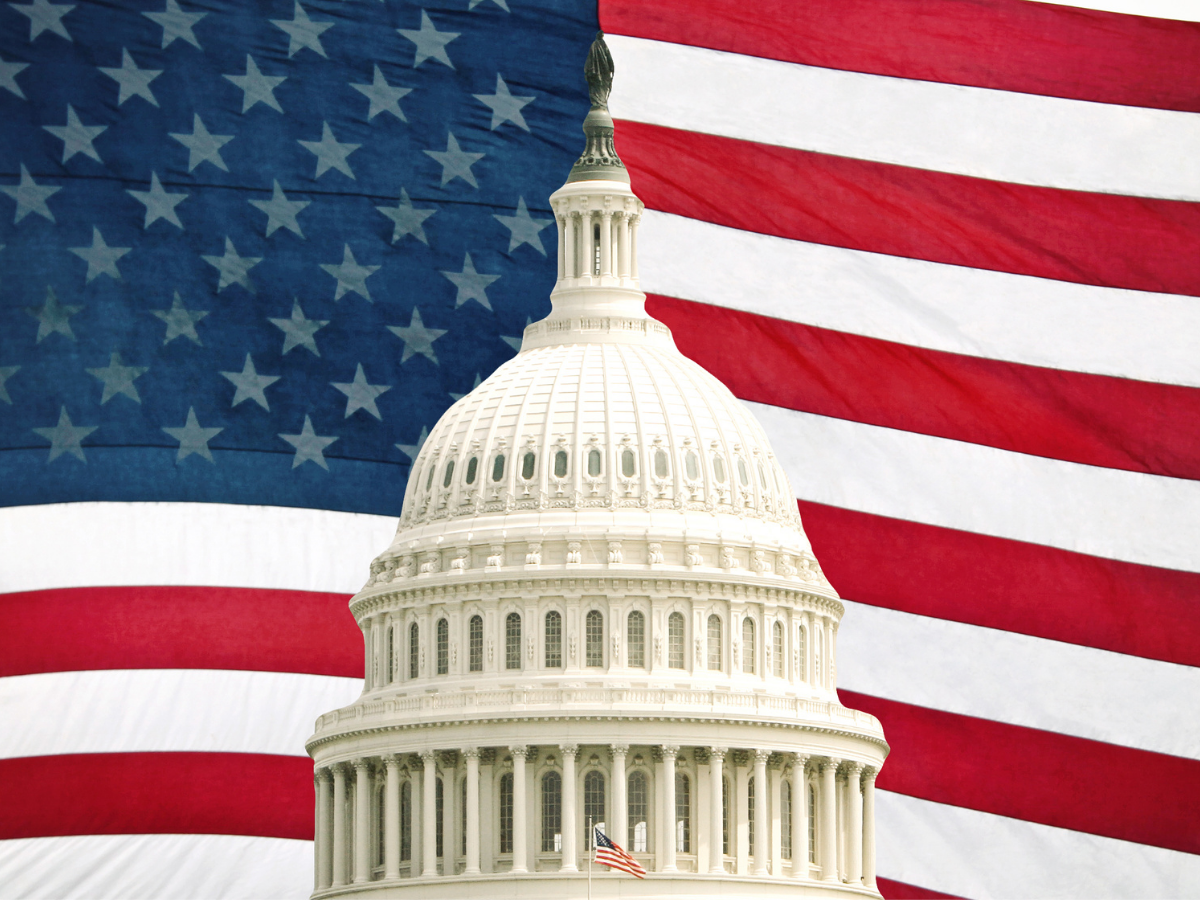
February 2022
By NNR USA In Uncategorised On 17th February 2022
MARKET UPDATE
With global supply chains in disarray, many companies are rethinking their supply chain structure, including their just-in-time business model. The recent COVID-19 pandemic has created a shortage of materials, including medicines, electronics, foods, and semiconductors, to name a few. This has caused governments around the world to re-focus on what essential materials are needed to support the local economy.
The White House shared a report outlining how the U.S. has become increasingly dependent on outside production for essential materials and identified several key elements hindering the U.S. supply chain.
It's clear that a secure and resilient supply chain is essential to the national and economic well-being of every country.
AIR FREIGHT
Despite a slow recovery due to a combination of factors, the market will remain highly volatile, at least for the first half of 2022.
Strong demand, slow capacity return, struggling ground operations, and outdated U.S. airport infrastructure will continue to disrupt this year's air freight market!
Disruptions
- Despite a massive effort from carriers adding additional freighters, belly capacity is not yet back to normal in Q1, however, it's expected to increase during the 2nd half of the year.
- Air freight rates went down compared to December but are still 69.5% higher year on year, according to the Baltic Exchange Air Freight Index (TAC Index).
- Labor issues due to Covid are still an issue, and winter weather challenges have highly impacted the supply chain in January.
Demand & Capacity
- Main U.S. carriers: American Airlines, Delta, and United expect demand to increase in the 1st quarter.
- Freight forwarders are booking their own weekly charter options out of Japan due to high demand from the automotive industry and from a lack of scheduled flights from Tokyo's Narita airport to main U.S. gateways.
- Cathay Pacific restarted its operations between Hong Kong and Los Angeles, adding four round trip cargo-only flights and plans to resume passenger flights to LAX and SFO later this month.
- Emirates is increasing its presence in the U.S. Midwest, adding scheduled and ad-hoc freighters to Rockford International Airport, located outside Chicago.
OCEAN FREIGHT

Tip of the Month
Please continue to book at least 3-4 weeks early to minimize delays
Consider alternative routes, avoiding congested ports like LA/LB and Vancouver. East coast ports of Philadelphia, Baltimore, and Savannah are relatively less congested.
Plan trucks as early as possible, choosing truckers that provide a chassis.
Return any unused or idle equipment as soon as possible.
Consider transload or grounded storage options.
Omicron is causing congestion and delays in all supply chain segments, including steamship lines, terminals, trucking, and warehouses. There is no indication the effects will improve anytime soon.
- Transpacific lane had 30% blank sailings during the Lunar New Year, delaying the vessel rotation for exports from the USA. Additionally, vessel slidings caused reduced capacity in February.
- Inclement winter weather affected operations in the U.S. Midwest and East Coast, aggravating delays.
- Ocean freight rates are still on the rise, especially with the increase in fuel cost.
- Chassis shortages in major ports and rail yards are causing more delays with extra storage charges.
- U.S. East Coast ports should see an uptick in deployed vessel capacity in Q1 2022, thanks to additional all-water Asia services added by ocean carriers.
- With record-breaking cargo volumes moving via South Carolina ports are reported to continue with the delivery of new chassis equipment.
Port Notables
Los Angeles and Long Beach continue to be very congested, plus the number of vessels backlogged steadily increasing through the entire year of 2021. To compare, the backlog in Feb 2021 was 45 ships. Move forward to today, and the number more than doubled to 106 backlogged vessels. The backlog is due to various things, including shortness of staff, lack of drivers, lack of equipment, and Covid outbreaks. The 'Container Dwell Fee' continues to be on hold, now until Feb 18. The ports cite a 70% decline in aging cargo on the docks as the reason the fee has not yet been implemented. A very positive sign as long as empty equipment is returned timely.
- Norfolk and Charleston remain very congested. Continuous container rollovers and delays. Carriage from the ports is difficult with a lack of equipment available.
- Shanghai, Dalian, Tianjin, and Shenzhen, are currently dealing with lockdowns due to Covid. We should expect further delays due to the post-Chinese New Year cargo surge.
DOMESTIC TRANSPORTATION & WAREHOUSE

Crowdsourced Delivery
Amazon has pushed the market to look at alternatives to compete with its Prime delivery program. Once, 3-7 days was the expectation for retail deliveries. Now consumers expect all of their purchases in two days or less. UPS and Fed-Ex have struggled to meet these demands, so retailers and their logistics partners have to innovate to keep up.
Many companies are exploring crowdsourced delivery as an alternative. At its most basic, crowdsourced delivery uses non-professional couriers to deliver the package. In some markets, the driver who brings you your takeout delivery may also be dropping off your purchases for the day.
Companies exploring this idea are drawn to the benefits of a tech-heavy asset lite model. The investment is in the technology, not in warehouses or fleets of trucks. Continue Reading
CROSS-BORDER: USA-MEXICO-CANADA

Canadian Trucker Strike Ends!
In November 2021, the government of Canada announced effective Jan 15, 2022, all unvaccinated Canadian truckers returning from the United States must undergo a Covid-19 test and quarantine themselves until they receive their results. This vaccine mandate for all truckers crossing the USA-Canadian border went into place on Jan 15. The United States implemented a similar policy on Jan 22, 2022.
These actions spurred activists, who then formed the freedom convoy in the Canadian prairies and began their drive toward the Canadian capital of Ottawa. Despite reports of thousands of trucks, the original convoy consisted of 113 semis and 276 personal vehicles. They were joined by other groups and set up a camp in downtown Ottawa. In early February, the truckers began blocking key ports of entry into the USA. The automotive industry has felt the greatest impact as some production facilities in Michigan and Ontario began planning to work reduced hours or were forced to close. Continue Reading
CUSTOMS BROKERAGE & TRADE COMPLIANCE

Tip of the Month
Audit Your Import Customs Declarations
Review entry declarations to ensure accurate information has been filed with U.S. Customs.
Verify the correct HTS codes, entered value, country of origin, and reportable quantities are listed on the CF 7501 form.
Pros and Cons of Altering De Minimis
On Jan 18, 2022, Representative Earl Blumenauer (D-OR), chairman of the House Ways and Means Trade Subcommittee, announced new legislation (Import Security and Fairness Act) that would restrict the use of de minimis. De Minimis allows imports valued under $800.00 to enter U.S. commerce without paying duties, taxes, and fees. Two million packages enter the U.S. using the de minimis threshold each day.
Rep. Blumenauer believes the new legislation would strengthen U.S. international trade import laws by stopping non-market economies and goods from exploiting the de minimis threshold. Continue Reading
Uyghur Forced Labor Prevention Act Resource Page Available
U.S. Customs has published a resource page on their website dedicated to the new action banning the importation of all goods from the Xinjian Uyghur Autonomous Region in China.
China Import Requirements on Pinewood Timber and Lumber
Effective Feb 1, there are new requirements for importing pinewood, including timber and lumber, into China from seven countries (the U.S., Canada, Japan, South Korea, Mexico, Portugal, and Spain.)
Timber and Lumber must be certified free of the Pine Wood Nematode (roundworms), Longhorn Beetles, and other forest pests. Continue Reading
FEATURE ARTICLE
Made in China, Is it worth it?
It's more expensive to import from China than from any other country in the world that holds normal trade relations with the U.S.
Despite high tariffs, China continues to rank number one for U.S. imports.
Tatiana Snigurski, Business Development Manager - Customs & Trade Compliance, discusses the current state of policy on China including tariffs facing products and upcoming forced labor enforcement.


